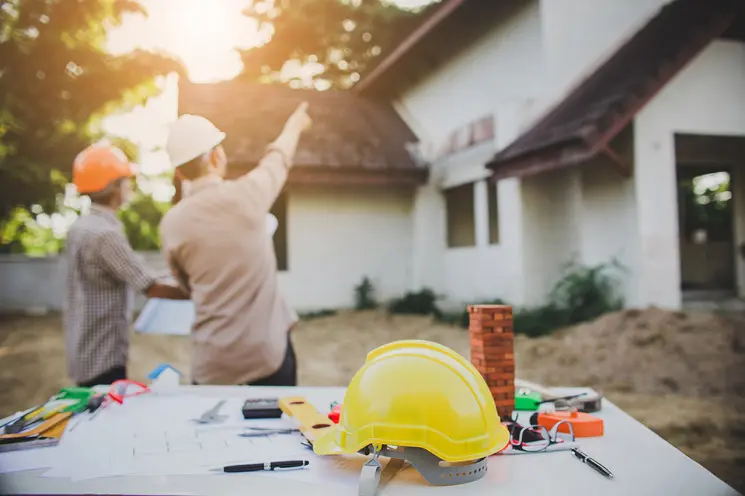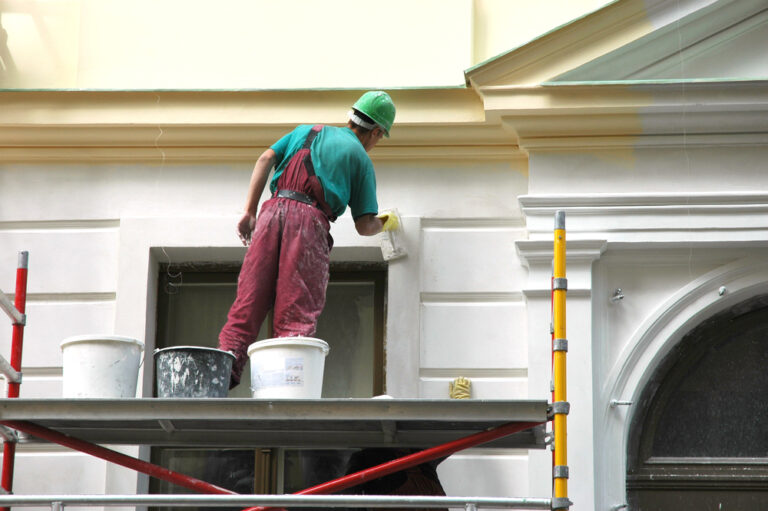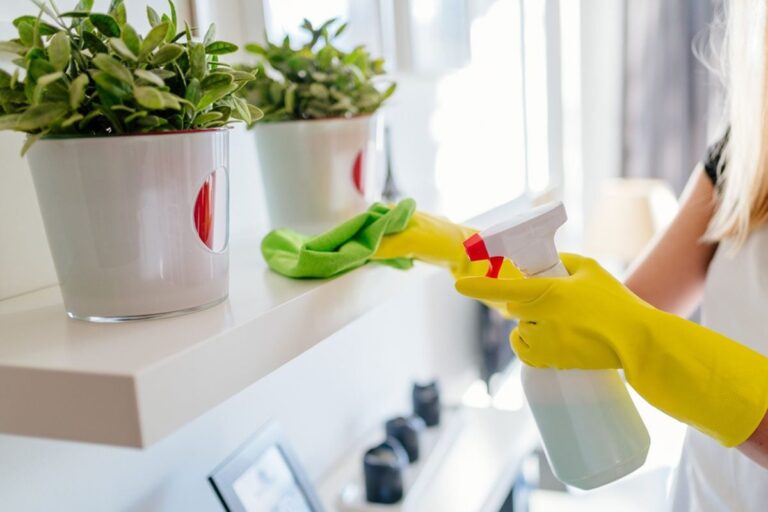8 Tips for New Home Construction Workers
In 2022, building a single-family home averaged a cost of $284,764. When people choose to spend even a part of this huge amount on your construction services, it brings a big responsibility to your work. It highlights the importance of making your new home construction process as good as it can be.
Doing this leads to more money in your pocket and ensures your clients are happy. If you’re eager to learn how you can make this happen, you’re in the right place. Keep reading for eight valuable tips that will help you excel in new home construction.
1. Dress for Protection
Moving around on a construction site means dealing with potential hazards. You need to have the right Personal Protective Equipment (PPE). This can often include:
- Safety goggles
- Steel-toe boots
- Work gloves
- Ear protection
- Safety helmet
- Hi-vis vest
- Dust mask
Your workplace may require more elements, like a full-face shield, depending on your role. It’s your responsibility to confirm what you need to wear by checking with your supervisor ahead of time.
2. Use Homebuilding Software
Managing a construction job means keeping track of lots of details and handling complex steps. The right homebuilding software simplifies these tasks.
The software must blend well with what you already use. Make sure it integrates with your CRM, accounting, and scheduling programs. This helps avoid disjointed data, which can cause mistakes and slowdowns in your work.
For custom home builders and remodelers, CoConstruct is an ideal tool. It improves the way you communicate with clients and helps you handle finances. Its strengths include managing projects, budgeting, and expense tracking.
Procore is great for those prioritizing extensive collaboration. It comes with features that make teamwork smoother through up-to-the-minute updates. This is a big advantage for the ever-changing nature of construction sites.
3. Socialize With Co-Workers
In the construction industry, teamwork is everything. You don’t want to be the worker who shies away from communication.
Embrace your nervousness and take the chance to engage with your team. You need to be knowledgeable of what’s going on on the site. Show initiative by being present at all team meetings and safety briefings.
4. Emphasize Safety
The construction business emphasizes safety above all. Always put the safety of you and your co-workers first.
Start with systematic safety training. Make sure all workers know about potential dangers and how to protect themselves. This covers:
- Correct equipment use
- Safety rules
- Emergency responses
- CPR training
- Medical aid
Communication must be clear and ongoing. Open lines ensure that everyone understands safety procedures. This can be done through team meetings, briefings, signs, and communication apps.
Carry out regular inspections of both equipment and the work site. Identifying hazards early can prevent accidents.
Before any task, a hazard assessment is necessary. Workers need to spot possible risks and know what safeguards to take.
Encourage workers to report unsafe conditions without fear. This accountability helps support a safer work environment for everyone.
5. Bring Lunch
Planning for meal breaks can have a significant impact on your workday. Not every construction job site has lunch facilities or a convenient option nearby.
To avoid potentially going hungry, pack a decent, energy-filled lunch. Don’t forget plenty of water to keep your body hydrated during a hot day’s work.
6. Have Personal Insurance
Construction work carries inherent risks, such as operating heavy machinery and working at elevated heights. Insurance safeguards both workers and the business from the financial impact of accidents, injuries, and property damage. Adequate coverage is vital because costs associated with medical treatments, legal matters, and damages can be significant.
Types of Necessary Insurance
Construction workers need different insurance policies to protect against many job risks. General liability insurance covers incidents, injuries, and property damage. Workers’ compensation pays medical bills and replaces wages for work-related injuries.
Professional liability insurance, or errors and omissions, guards against negligence claims. Together, these policies provide broad protection for various construction-related challenges.
Balancing Cost and Protection
When selecting insurance, finding a balance between cost and the level of protection is important. Choosing the lowest premiums might result in insufficient coverage while overinsuring can lead to unnecessary expenses. A personalized insurance plan, created after a detailed risk assessment, provides the most cost-efficient protection.
7. Update Your Certifications
As the construction field evolves, new materials, technologies, and methods emerge. Keeping certifications up to date ensures workers have the latest skills. OSHA, PMP, and LEED certifications are a few to stay on top of.
Additionally, some projects may require specific certifications. This practice ensures compliance with legal and safety standards. Your knowledge contributes to higher-quality work.
8. Tool Maintenance and Care
For hand tools, a visual inspection can help spot issues like rusting and cracks. Cleaning tools after use prevents the build-up of dirt, dust, or moisture that can cause damage over time. Oil and lubricants can be used to prevent rusting.
Blunt tools (like chisels) should be sharpened for efficient operation. A coarse stone works well for this. A properly sharpened chisel will feature a mirror-like finish.
Power tools require similar basic care, but they need added attention. Power cords should be monitored regularly. If any signs of wear or tear are found, the tool should be serviced.
Batteries for cordless tools mustn’t be overcharged or overheated. This can reduce their lifespan and efficiency.
With large tools, such as circular saws or drill presses, ask a professional to inspect them. They require lubrication and rust-preventative coatings for smooth operation.
For all tools, protective cases can give a safe storage solution. Steel cases are a great choice. That way, you can prevent accidental damage when your tools aren’t in use.
Master New Home Construction and Design
Building a career in new home construction requires proper gear, using the right software, and effective communication with teammates. Staying safe and caring for your tools are keys to success. Remember to insure yourself and your tools if necessary.
Browsing other posts on our blog can provide you with even more useful tips, including visual aids for home design. Explore our graphics section for new tips that may help your craft.
Keep an eye for more latest news & updates on Discover Tribune!






